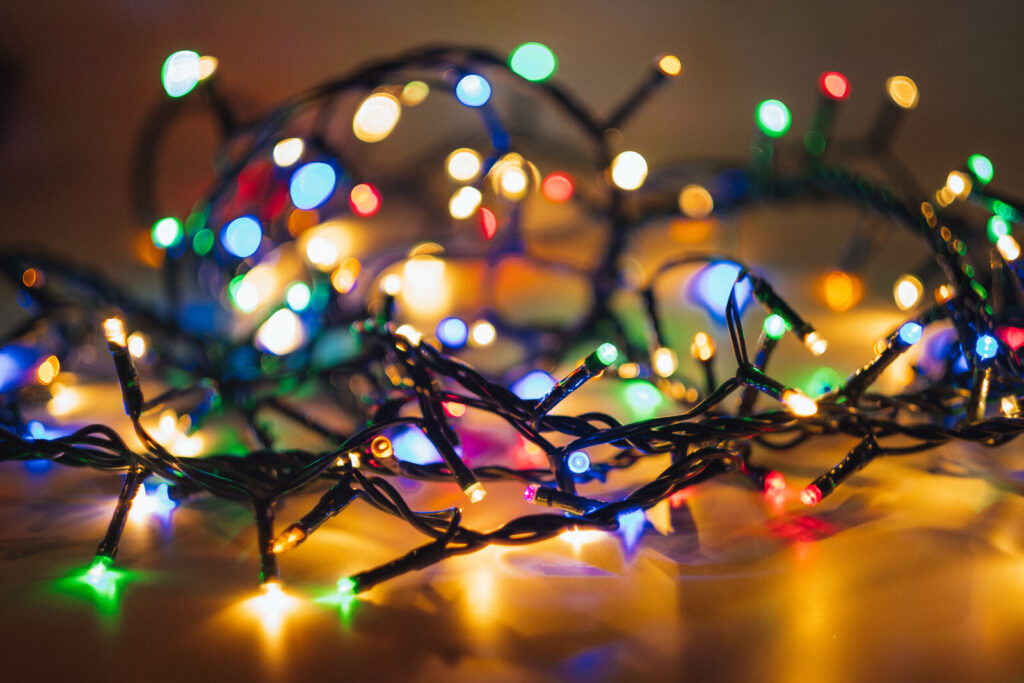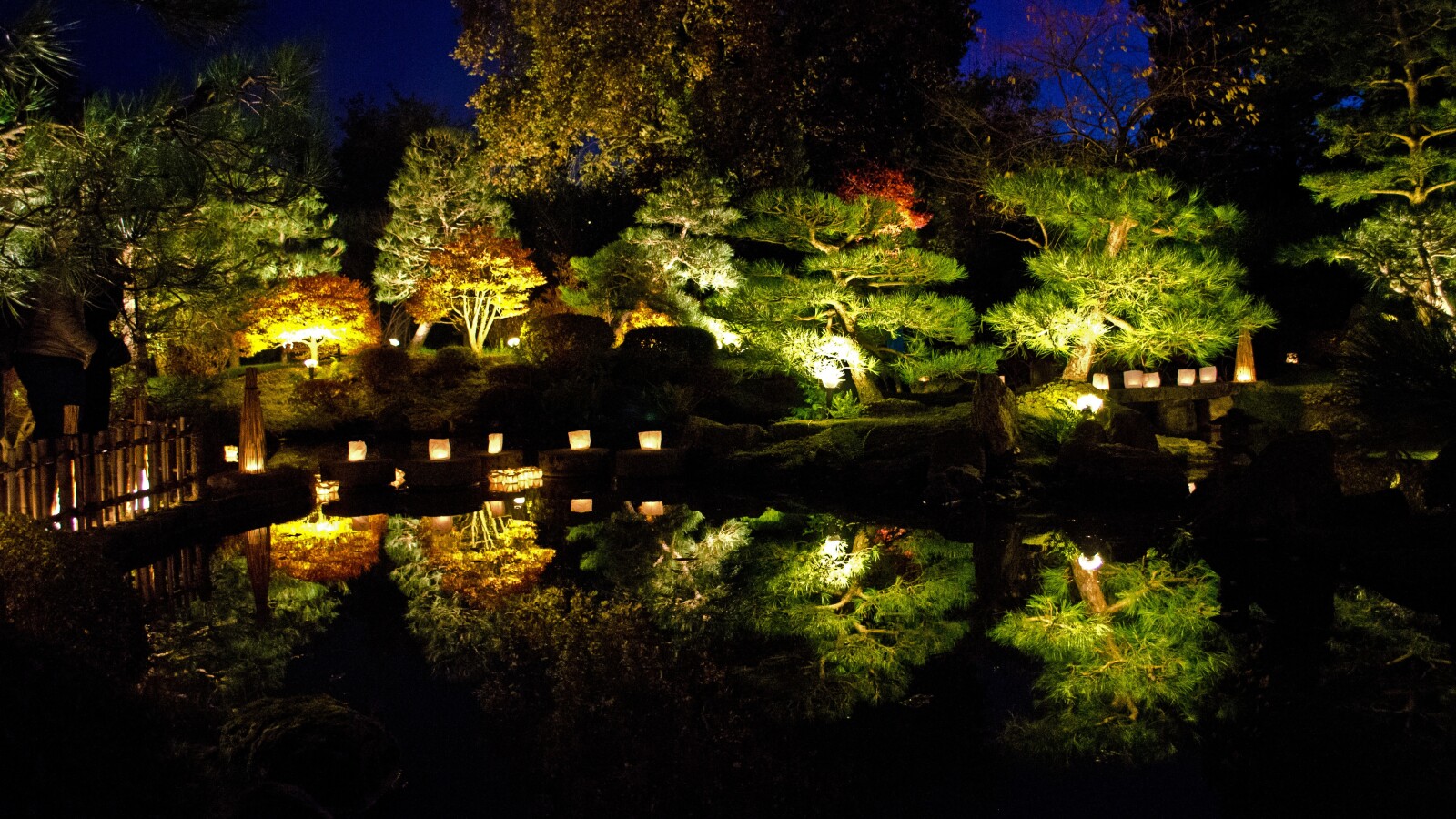The Outdoor Lighting Guide for Homeowners: How to Pick the Perfect Fixtures
Outdoor lighting creates a beautiful ambiance for your home and welcomes guests with style. Whether you’re looking for a unique way to illuminate your front entrance or want to add security lights to your backyard, this guide will help you make the best choices to customize and illuminate the perfect setting for your home.
What Is Outdoor Lighting?
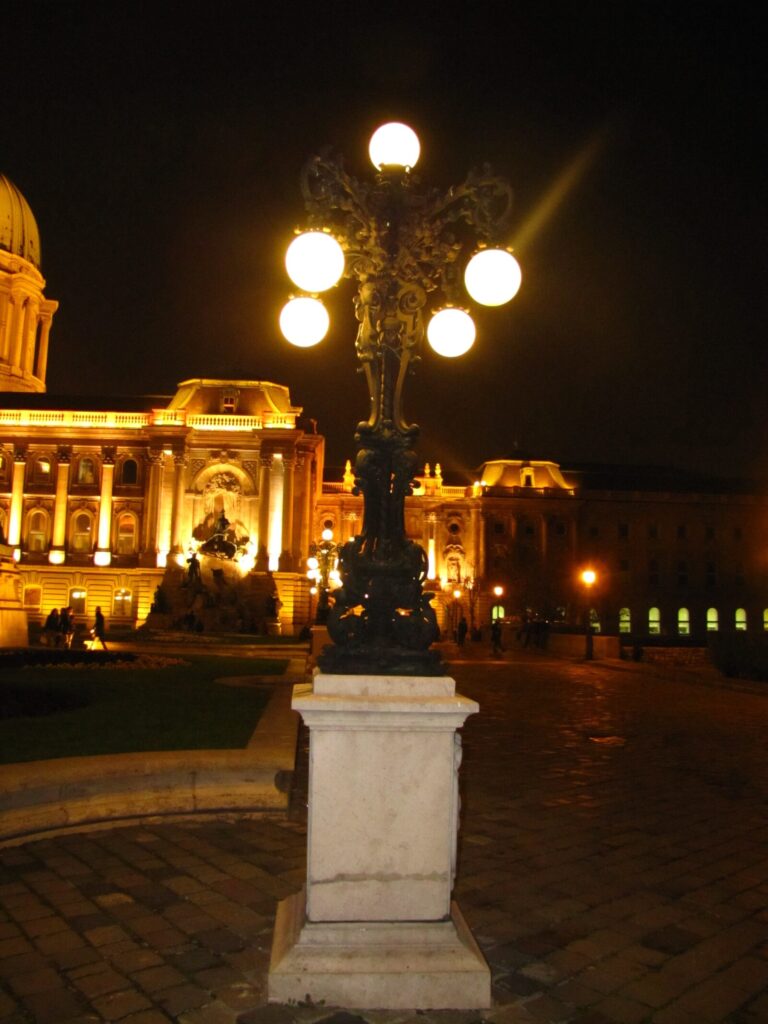
Outdoor lighting
Outdoor lighting is a great way to enhance your home, add style and make it more inviting. Outdoor lighting can help create a welcoming and inviting space, highlight features of your home or illuminate the night sky.
Outdoor lights fall into three categories: wall-mounted or post lights, porch lights, and landscape lighting.
Outdoor Lighting Guide: Rating.
- What is the difference between wet-rated and damp-rated?
Wet-rated (AKA waterproof) lights are designed to withstand water, snow, and other forms of precipitation. On the other hand, damp-rated lights are made for use in areas with a lot of humidity or fog—but not actual water.
- Why do you need a wet-rated light?
If your outdoor area gets much moisture from rain or snow storms, you’ll want to have wet-rated lighting because otherwise, it could obtain damage from exposure to those elements. Wet bulbs can be ruined by even just one drop of rain, so they need to be able to withstand some amount of moisture without malfunctioning or breaking down entirely.
Do you need Damp or Wet-Rated?
Damp-rated fixtures are intended for outdoor use in areas with a maximum of 30% relative humidity. This rating is achieved by using specially-treated materials that can withstand a specific moisture level without corroding or rotting. However, damp-rated fixtures are not waterproof and should be installed in locations where they won’t be exposed to heavy rain or snowfall.
Wet-rated fixtures are intended for outdoor use in areas with a maximum of 100% relative humidity. They utilize the same materials as the damp-rated variety, but their design has been modified to make them more waterproof than their drier counterparts. This fixture is ideal if you live in an area with frequent rainfall throughout the year—or if you have kids running around outside during playtime!
Outdoor Lighting Guide: Sizing.
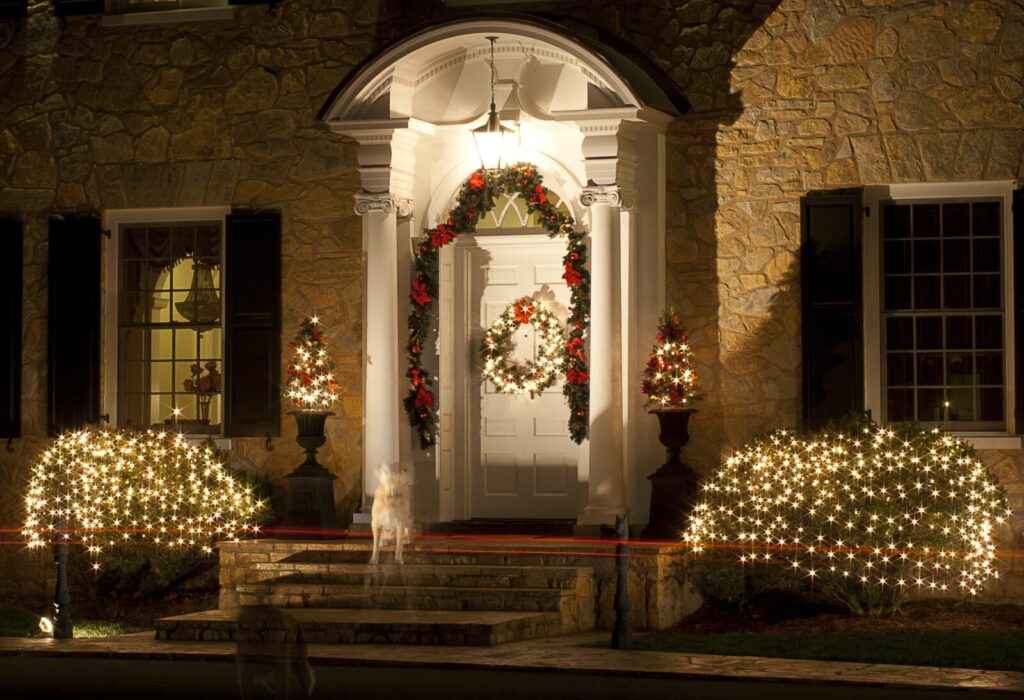
Front Entrance Hanging Lighting
- Light fixtures should be the same size as the bulbs they use. If a light fixture is too small for its bulb, it will not distribute light evenly and can cause glare or shadows.
- Light fixtures should be the same size as the area they are lighting. If a fixture is too large for its intended application, it may “over-light” a place, causing glare and shadows on areas that don’t need to be lit up (and wasting energy). On the other hand, if a fixture is too small for its application, it will not provide enough light for tasks such as cooking or reading.
- Light fixtures should be the same size as the room they are lighting. A room with large windows will require less artificial illumination than one without windows, so consider how much natural light there is before choosing your outdoor lighting.
- Light fixtures should be the same size as the ceiling they are lighting to avoid creating shadows by being too close or far away from them.
Outdoor Lighting Guide: Placement.
- Garage Door Lighting
- Front Door Lighting
- Front Porch Lighting
- Front Entrance Hanging Lighting
- Driveway & Garden Lighting
- Patio Dining Chandeliers
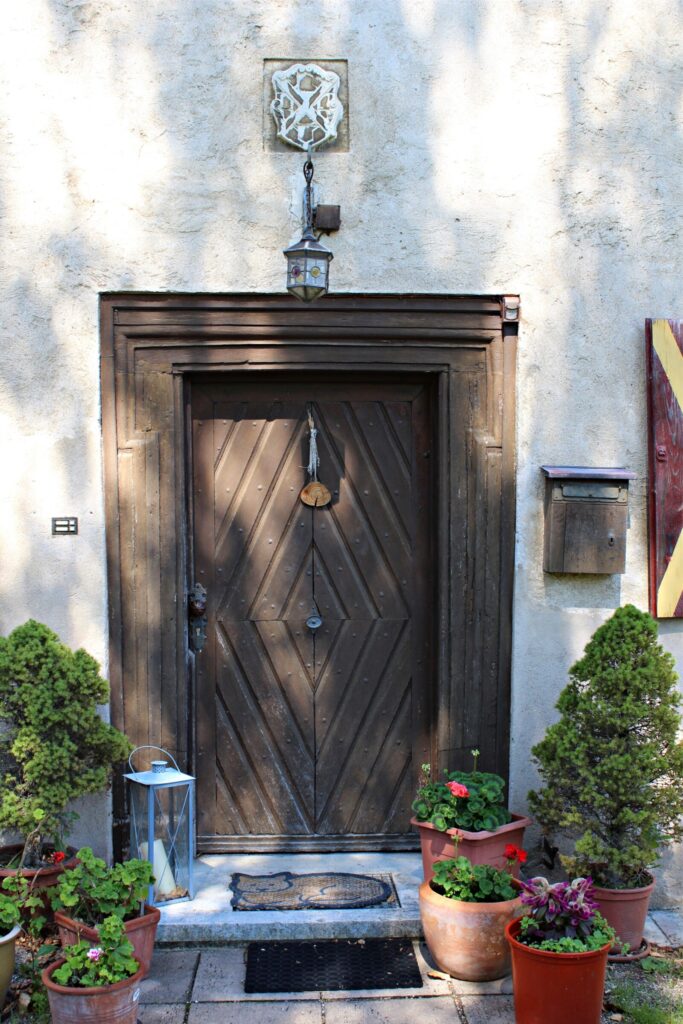
Front Door Lighting
Best Materials for Outdoor Lighting
Cast aluminum, brass, copper, and stainless steel are the most popular outdoor lighting materials. The reason is that they provide durability to withstand the elements while also providing a beautiful finish.
Determining which material is best for you depends on your taste and desired aesthetic. For instance, cast aluminum will give you a clean, modern look with its smooth surfaces ideal for showcasing intricate details or patterns that can be achieved through sand casting (a process where molten metal is poured into a mold). Since ancient times, brass was used for door hinges and doorknobs because of its durability; today, it’s often used in art decor due to its distinctive appearance when polished. Copper has been one of the most popular choices for centuries thanks to its warm patina color; this effect occurs naturally over time as oxidation occurs when exposed to the air like rainwater or humidity from being close enough together with other metals. Stainless steel offers all-weather resistance and durability against corrosion when exposed directly versus milder conditions like snowfalls each winter season here in Chicago, meaning no more need to worry about our lights getting damaged during those times!
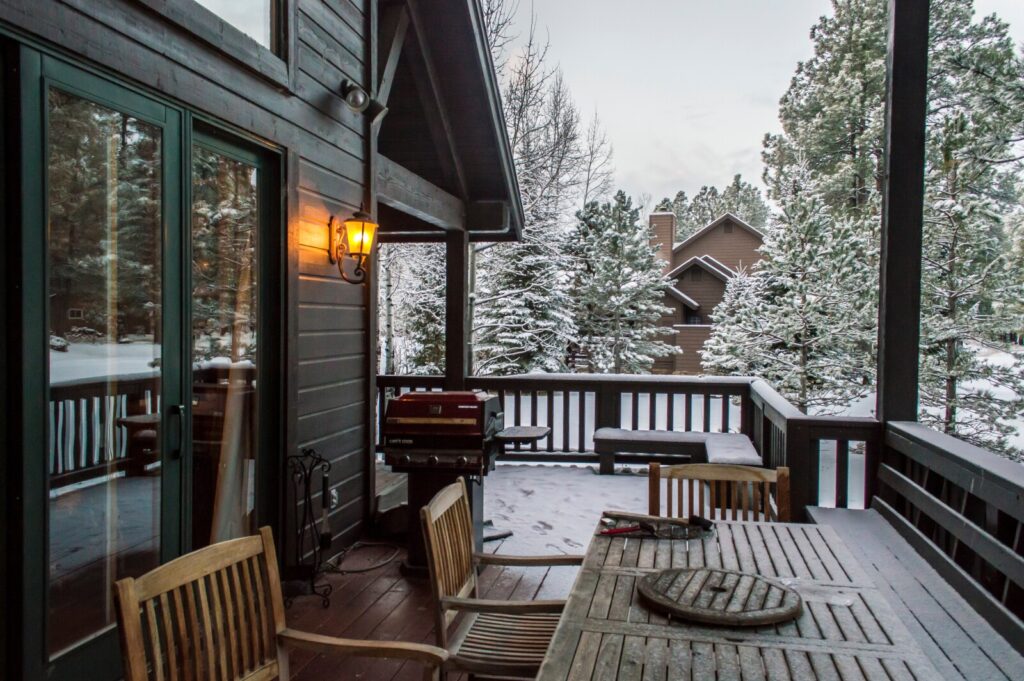
Front Porch Lighting
Iron and bronze are two additional options worth considering if you want something unique yet durable enough not to break down quickly under heavy usage (elevating them above plastic). While they aren’t quite as strong as aluminum or other metals mentioned above due to their lower melting points–they’ll still perform well enough given what their intended use is going into long-term outdoor applications such as pendant lights placed around gardens etc…
Outdoor Lighting Guide: Finish & Style.
- Finish:
Your lighting fixtures’ finish is the material that covers the visible parts of the fixture. Various finishes are available, ranging from traditional copper and bronze to modern chrome and pewter. Choose a finish that complements your house’s architectural style, color scheme, and landscaping. It would help if you also considered choosing a polished or satin finish for your outdoor lights; polished finishes tend to be more reflective, so they’ll look brighter when shined from certain angles, while satin-finished lights have a softer glow (and are generally easier on maintenance).
- Style:
Your lighting fixtures’ style refers to their overall appearance—whether they’re sleek and modern or ornate with intricate details like decorative glass shades. Even if you’ve selected an appropriate finish for your outdoor lighting needs, it’s essential that you pick out something that matches both the decor and purpose of each fixture (e.g., if putting up landscape spotlights along a pathway leading up to your front door).
Benefits of LED Outdoor Lighting

Garage Door Lighting
LED outdoor lighting has many benefits that make it ideal for your home, business, and property. LED outdoor lights are energy-efficient, long-lasting, and easy to install, maintain, and clean. They also have a long lifespan with no moving parts to wear out, so you won’t need to replace them for years.
LEDs provide superior illumination to traditional incandescent or halogen bulbs due to their higher light output per watt of electricity consumed. This efficiency also reduces your carbon footprint by using less energy from the grid than other lighting sources—which is good for the environment and lowers your monthly utility bills!
Consider Outdoor Ceiling Fans with Lights
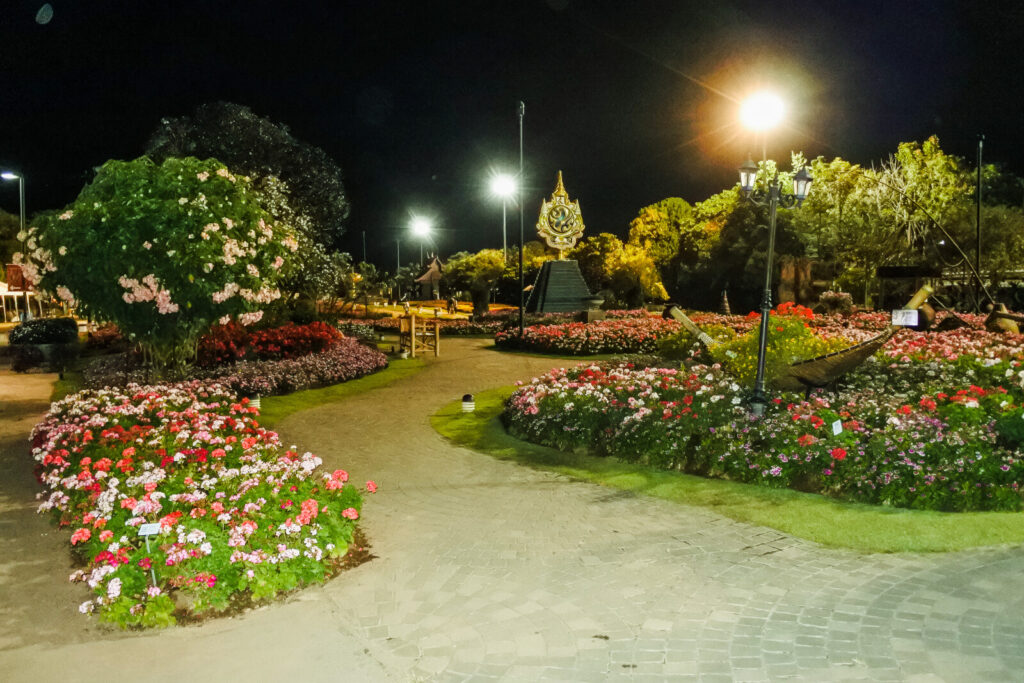
Garden-Lighting
Outdoor ceiling fans with lights are a great way to add ambiance to your outdoor space. They can be used in the evening to create a warm and inviting space and help keep your outdoor space cool. For example, some outdoor ceiling fans with lights come equipped with multiple light levels: low, medium, and high, and this allows you to control how much light the fixture provides at any time.
If you choose an outdoor ceiling fan with lights for your home or business, it’s crucial that you pay attention to the size of the fan motor because this will impact how much air is circulated in a given amount of time (or cubic feet per minute). The larger the motor size, the more airflow it will provide—and this gives you more options when choosing which type of blade pitch and blade span combination works best for your needs.
Conclusion
We hope this guide has given you some clarity on what kind of outdoor fixtures are available and which ones will work best for your home. It’s all about choosing the correct fixture for you and your family—but we’re always here to help! Feel free to contact us or comment below if you have any questions or concerns.
